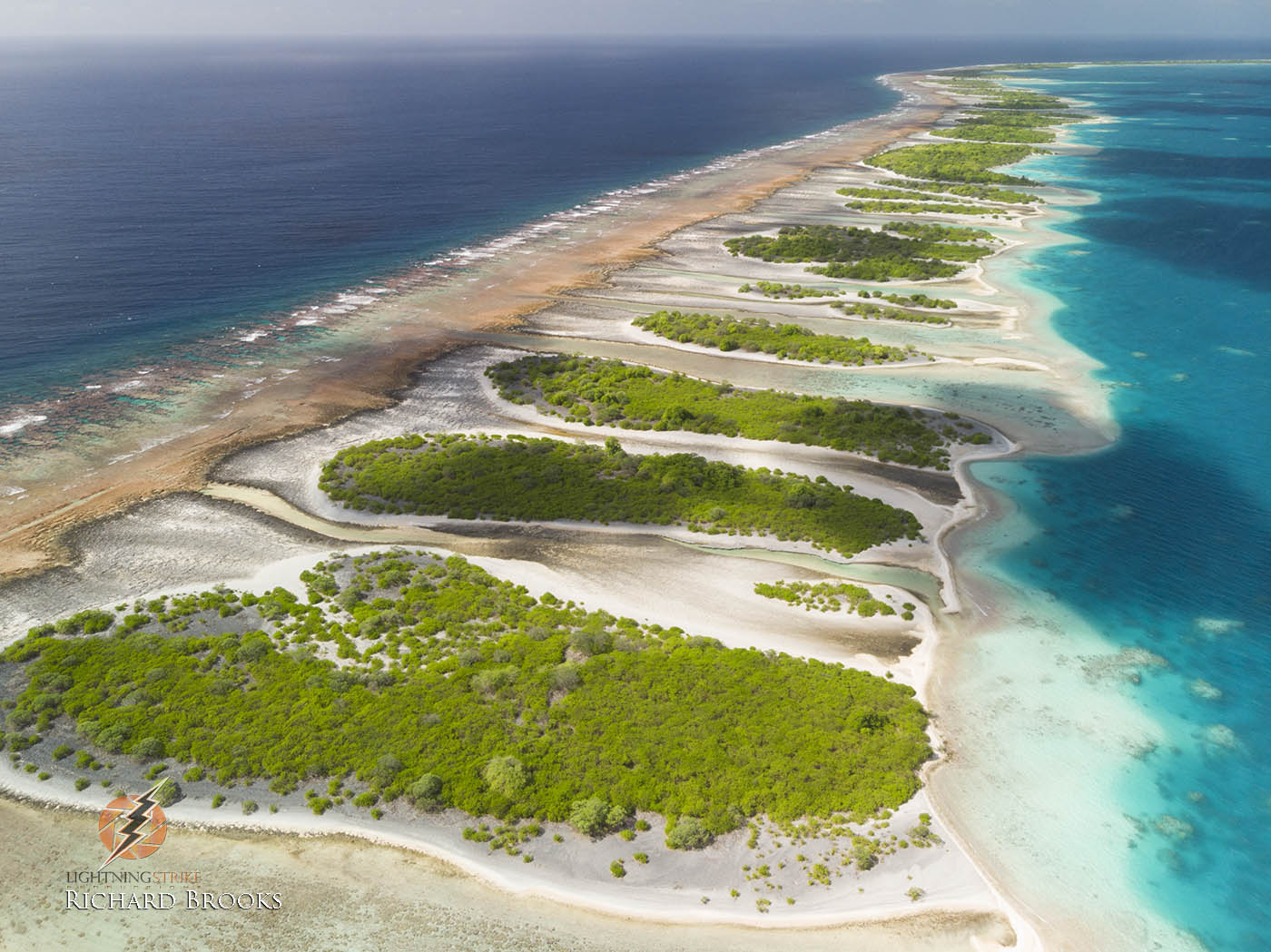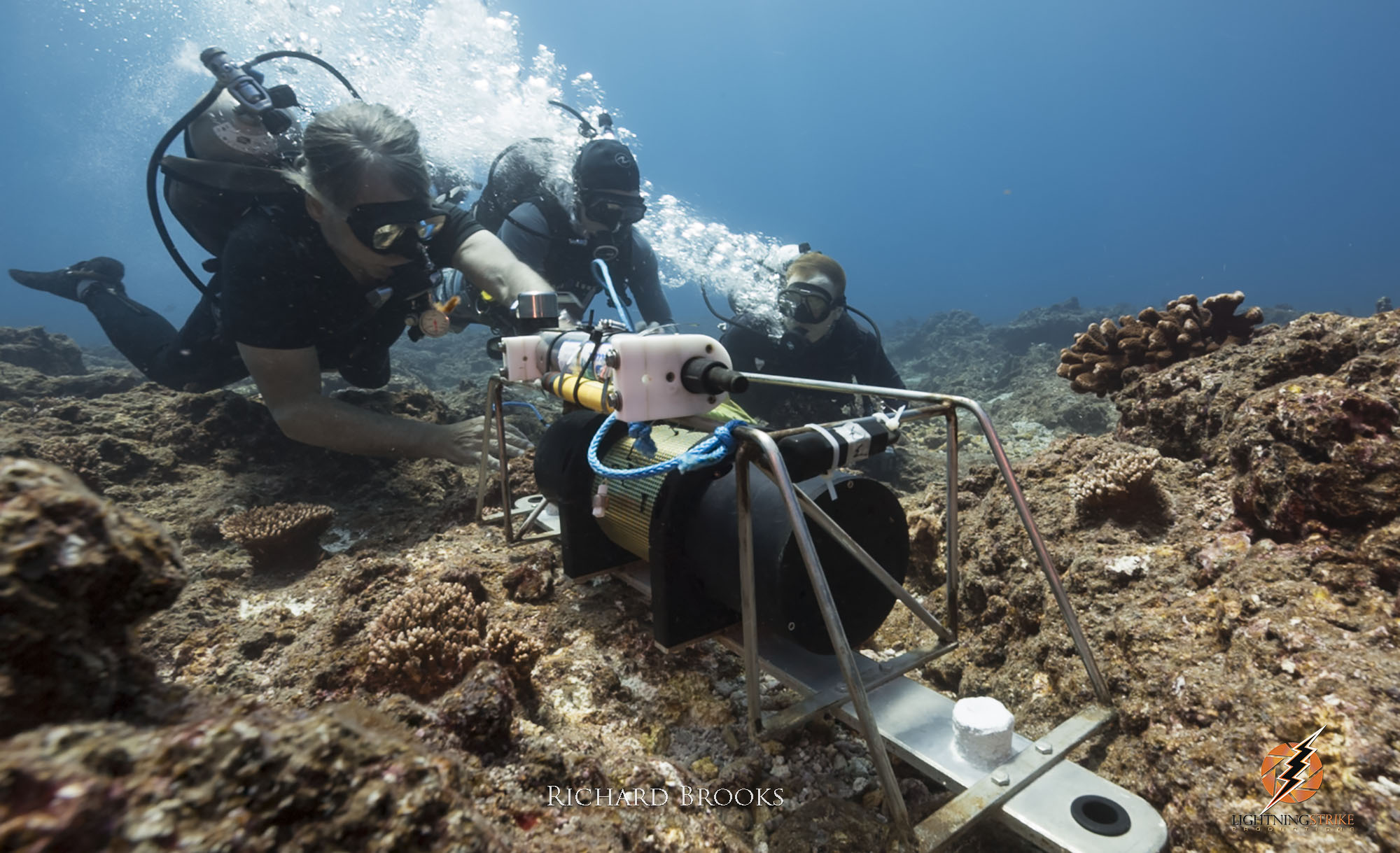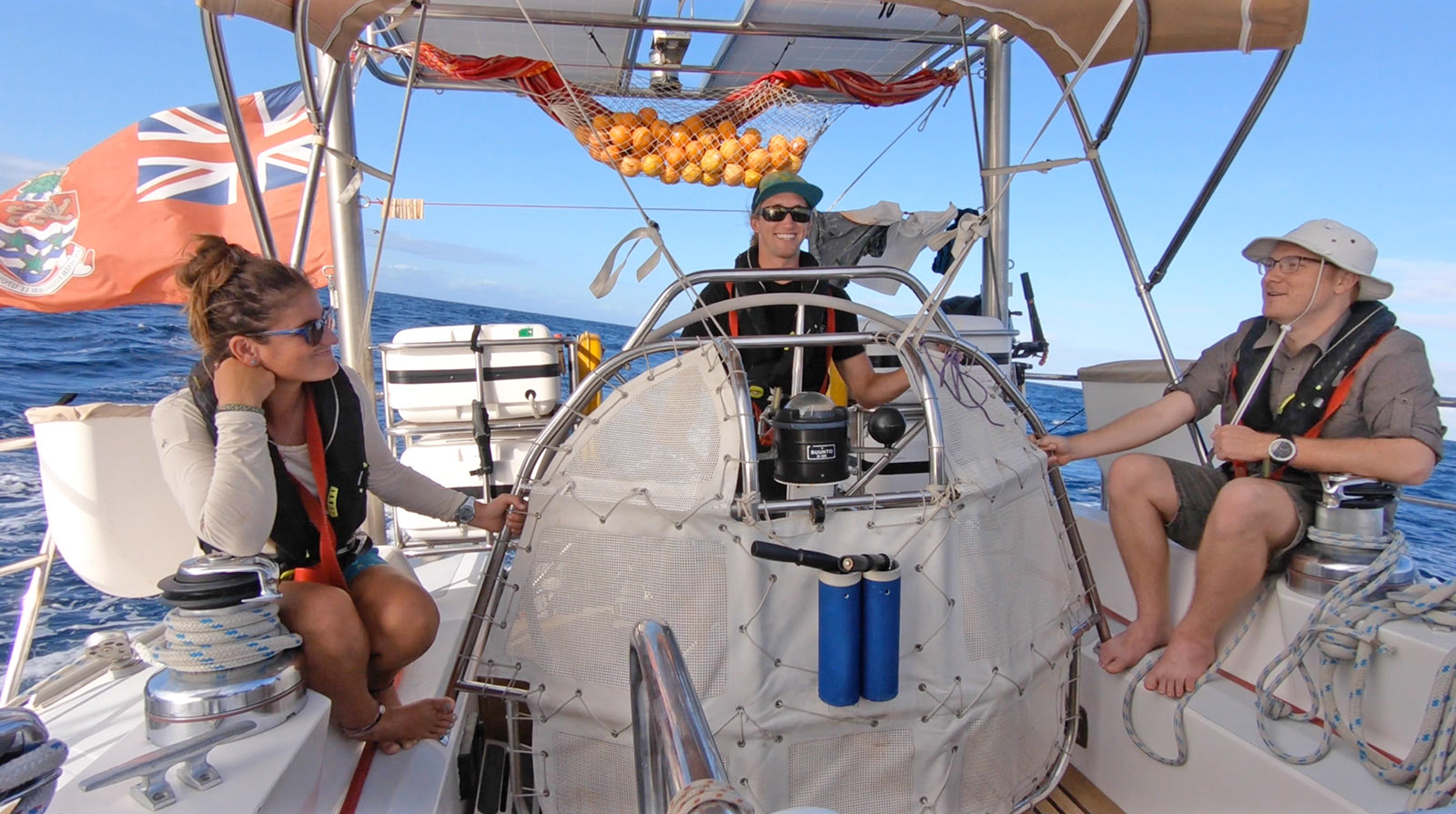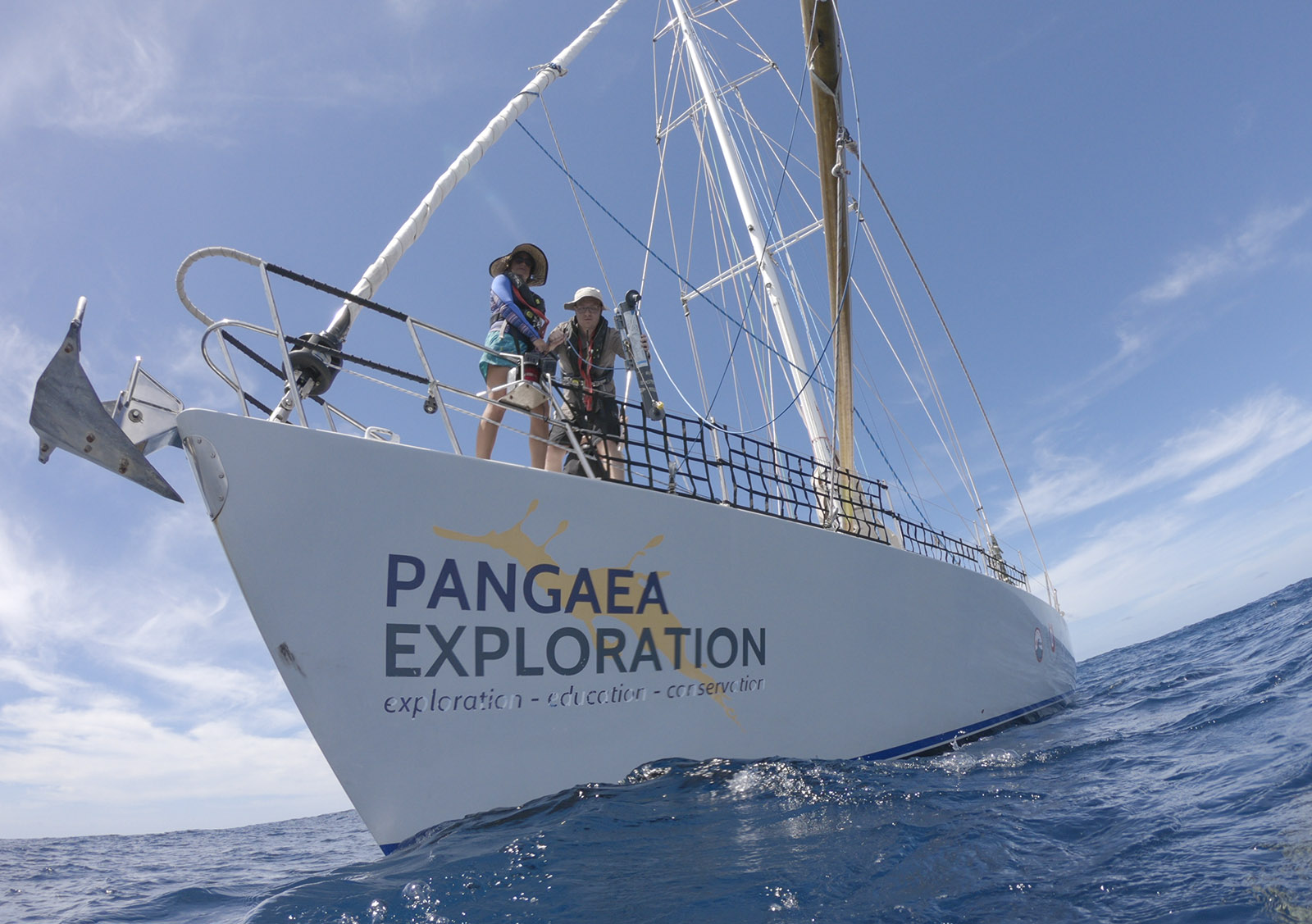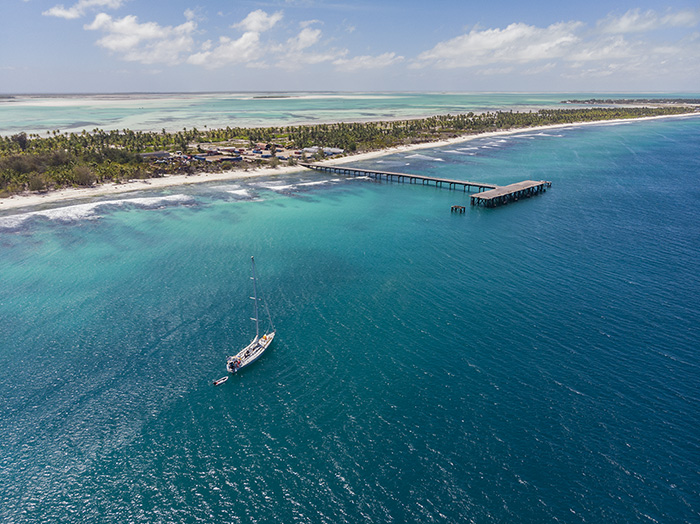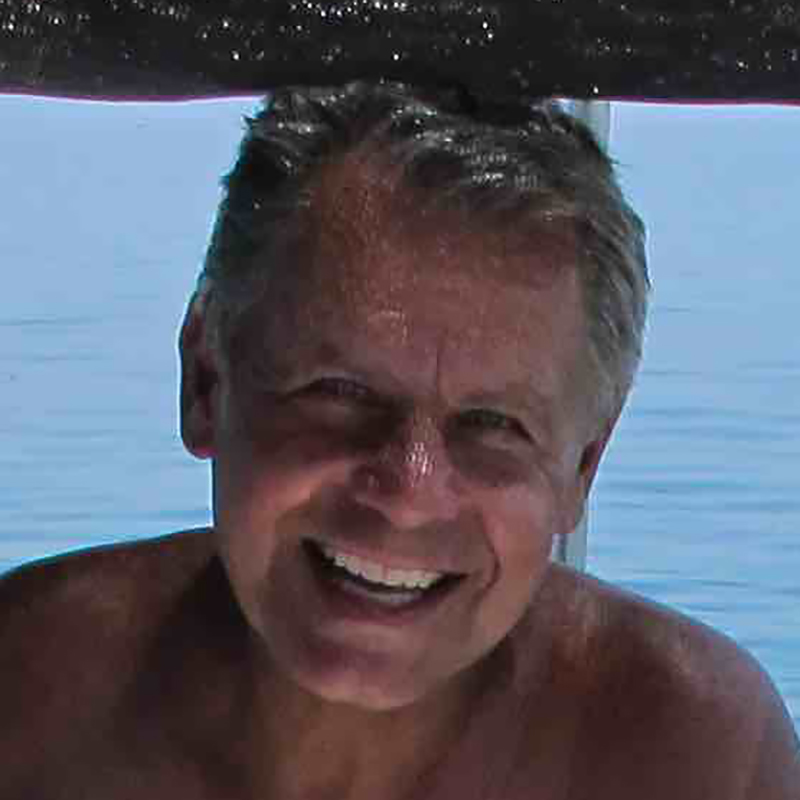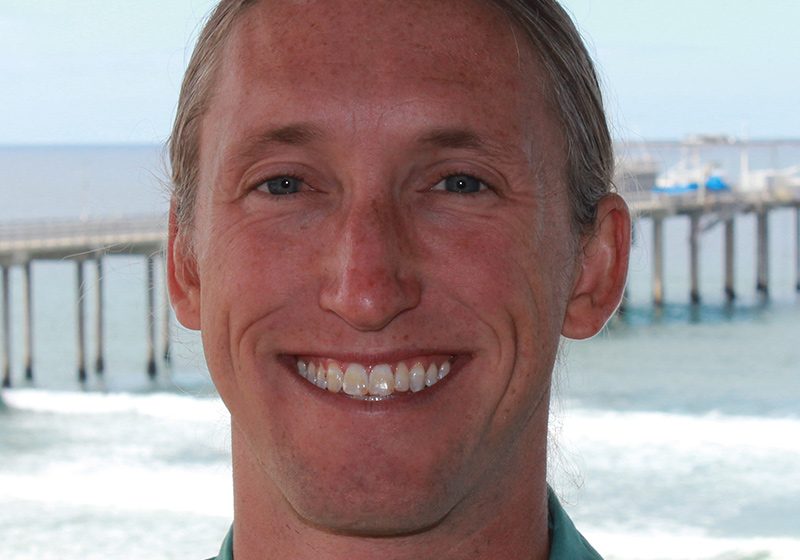Blogs
Yesterday we had a whirlwind encore tour of Kanton in which we picked up our instruments, took a few water samples, deployed two temperature loggers, and I gave a short presentation to the local community about our work in PIPA. Nearly all the island’s 54 residents turned out and, while the adults were interested in…
Read MoreThe last island on our tour de PIPA is Rawaki. We arrived at dawn, greeted by thousands of birds. Rawaki is different from the previous three islands of our trip, as it has no lagoon and no vegetation larger than grass. It also has no rats, ants, or crabs and has thus become host to a thriving…
Read MoreWe had a quick visit to Orona, with only two days in the water to explore the reefs of this atoll. Above water, Orona is larger than Nikumaroro and has a beautiful series of motus (small islands) and hoas (channels) on the north coast that serve as the primary drainage points for the lagoon. A…
Read MoreYesterday we arrived at Nikumaroro, perhaps the most famous of the Phoenix islands, as it is the supposed final resting place of Amelia Earhart. The island came into view at dawn, shrouded in clouds on our first overcast day of the trip. Nikumaroro has much more vegetation than Kanton despite being a smaller atoll—coconut palms…
Read MorePart of our mission in the Phoenix Islands is to try to understand how coral communities here were affected by the large-scale bleaching event that swept the Pacific in 2015. Nobody was present in the Phoenix Islands throughout the course of the event, but one way we can assess past changes in coral communities is…
Read MoreSetting sail for Nikumaroro this afternoon left me with mixed feelings, as Kanton has turned out to be such an incredible and beautiful place. After meeting so many of the Kanton residents, spending time talking to them, eating with them and even dancing with them, and then diving on some of the most incredible reefs…
Read MoreIt’s our first day at Kanton, and the work started bright and early. Yesterday we anchored just inside Kanton’s 11 kilometer-wide (6 mile) lagoon after motoring in through a narrow channel. This channel is the only major connection that the lagoon has with the open ocean. As the tide goes up, water rushes in, only…
Read MoreThere was something different about the ocean this morning. On the first watch we noticed more birds than we’ve become accustomed to over the past five days. There was increased activity in the water, too—more flying fish, larger fish jumping, and flocks of bird feasting on schools of baitfish. We must be getting close to…
Read MoreToday reached the equator, and the science began. As the trade winds push water west across the Pacific, the movement is balanced by a deeper counter-flow back to the east known as the Equatorial Under-Current (EUC). The current is narrow and deep—it spans just 2 degrees of latitude on either side of the equator and…
Read MoreAfter landing in the small airport in Kiritimati, we loaded our gear onto a truck own by Timei (pronounced “SEE-may” in I’Kiribiati) and drove down the single road looping around the island. The truck rumbled and jerked as we attempt to avoid the large potholes that scar the road as children run along the sides…
Read MorePIPA 2018 Mission
WHOI’s Cohen Lab teams up once again with Pangaea Exploration, this time returning to the remote Phoenix Islands Marine Protected Area. The study site is the planet’s largest and deepest World Heritage Site. It’s been three years since a super El Niño wreaked havoc across the Pacific basin, destroying many coral reefs.


